Advertising has become so prevalent in the digital world that people are becoming blind to it.
The phenomenon – known as “banner blindness” – causes people to overlook ads when they’re presented in an obvious or overbearing way.
Think of it like driving down a road lined with billboards.
You know they’re there, but unless the billboard stands out, you’re probably going to be more focused on the road than the sign.
To fight banner blindness, you either have to create more invasive ads (popups, etc.) or you have to make your ads highly relevant.
While both technically work, they’re still not entirely effective at overcoming the problem.
One solution is to use native advertising – ads that blend into content so they don’t appear like ads.
Native ads have been growing in popularity over the years.
But one question remains: Do they work?
Can native ads overcome banner blindness and help marketers reach their target audiences?
The answer is yes…kind of.
Native ads can be effective when used correctly, but the key is that you have to create and promote them the right way.
Here’s what to know.
What is native advertising?
Native advertising is slightly different than other forms of affiliate marketing.
While most ads appear as a banner or box on the top or side of a website (or above your Google searches), native ads appear in the content itself.
The idea is that ads don’t really look like ads, so they perform better.
Here’s an example of a native ad you might find on a news site like Yahoo:
The “sponsored” tag gives it away as an ad, but if you didn’t notice it, you might assume it’s just another blog post.
There are plenty of other places that native ads can show up.
You might see one on your mobile device, like this:
They show up a lot on news sites or those that aggregate content.
It’s easy to slip in a sponsored ad among other blog posts and links.
Mobile ads are also effective for both PPC and native ads.
You might also find one when you search online. If I type “content marketing guide” into Google, I see this ad near the bottom of the page:
While technically it’s a pay-per-click ad, it’s designed to look like the other content above it. This might as well be a blog headline.
It’s much less noticeable as an ad even though it identifies itself as one.
Here’s what I get when I click the link:
It’s a downloadable whitepaper.
Even though this is a lead magnet, and I’m technically being sold to, it’s still valuable to me in some way.
Compare this to a more traditional PPC ad and you can see the difference:
While this ad works just fine as a paid ad, it’s more obviously an ad than the native one.
I would click it because I’m interested in the company or the service, but there’s no additional content luring me in.
You can also see more content-based native ads other places around the web.
A lot of sites will list content as “from our sponsors” or “from our advertisers.”
You can see an example of this on sites like the New York Times with this ad from Adobe:
Even though I know that it’s a sponsored ad (because the banner tells me), there’s a value proposition there that interests me.
When I click on the link, it takes me to another (obviously) sponsored page.
But this page contains content that’s informative.
The ad piqued my curiosity and the content delivered on its promise.
This is native advertising done well.
Native ads are often compared to content marketing, but they’re not quite the same.
While native ads are still paid ads, they’re written by content marketers.
Native ads can contain content that is still relevant and educational even if its goal is selling a product or service.
When native ads work really well
Native ads are a solution to many of the most common paid-ad complaints.
For one, they combat the issue of ad blocking.
In 2016, 69.8 million Americans used ad blockers, which was a 34% increase from the previous year. That figure rose to 86.6 million people in 2017.
Justin Choi, the founder of native advertising platform Nativo, says that native advertising works as a solution to ad blocking because of the focus on customer experience.
“With all of these issues, particularly ad blocking, any technical workaround is not going to be a long-term solution if the quality of the advertising experience is poor.”
Because native advertisers tend to focus on the quality of the ads, they’re a better workaround.
Plenty of advertisers are also seeing an increase in brand awareness and engagement as a result of using native ads compared to banner ads.
According to one report, native ads showed an 18% increase in purchase intent and 9% lift for brand affinity.
32% of consumers polled in the report also indicated that they would share native ads with friends and family.
You just don’t see that type of response or shareability with a banner or paid ad.
The report also found that social native ads and in-feed ads on publisher websites will make up the bulk of native ad revenue.
In-feed and display ads work well for a few reasons:
- They’re highly visual.
- They show up where you’re already finding other content.
- They look and feel like the content you’re already reading.
Take a look at this Instagram for Business ad as an example:
It looks like any other news content you might find in your feed.
If you click the ad, you’re taken to a normal-looking blog post that talks about using Instagram stories for business.
The blog is full of ideas and inspiration and even a nice little CTA at the end:
The first CTA leads to testimonials, which leads you to more information about signing up for an account.
The whole process is designed to move you seamlessly through the sales funnel.
You get information about how this service can improve your business, but it all comes in the form of content marketing.
The ad itself looks and acts like a regular blog post your friend might share on Facebook. It’s clearly being shared by someone.
This is the type of advertising that can get you results without overwhelming the customer. Consumers won’t feel like you’re just selling them something.
When done well, native ads have the potential to draw in massive revenue.
Native display ads like this are predicted to drive 74% of ad revenue in the next five years.
Display ads, like the Instagram ad above, work particularly well.
As Justin Choi noted, they work because they’re focused on the overall experience – the sales funnel from top to bottom – not just on the final purchase point.
But the key to success is that the native ad has to have a customer-experience focus.
If it doesn’t have content in the ad that can educate or inform, it’s not really any different than a paid banner ad.
When native ads don’t work as well
Ultimately, native advertising is still affiliate marketing. It’s a paid ad even if it’s made to look like regular content.
On some level, people know this.
Native ads can be made to look and act just like any other content you might find online.
But there’s still a risk that they do get identified as a sponsored ad, especially if it’s too obvious.
A great native ad is all about title and placement.
An ad like this one from Etrade still works well because it reads like a blog title even though it has a sponsored tag and affiliate links underneath:
There’s a level of clickbait about the title, sure. But the payout is still information.
It leads to a short article relating to government rulings about the debt ceiling.
If you’re into finance or concerned about these issues at all, the ad will work for you.
Is it more obviously an ad than some other examples from this list? Yes. But it’s not so far out there from other posts you might see.
But you also see bad examples of native ads all the time.
Did a local mom really unlock anti-aging secrets to look 20 years younger? Of course not.
We sometimes click them if the premise is promising enough. But at the end of the day, we know it’s an ad and we’re OK with it.
What wouldn’t be OK is if the Etrade ad led to some obvious conversion point without any additional information.
Readers who want to know what’s going to happen in December might feel tricked into clicking the ad with the promise of more.
Thankfully, Etrade came through. But not all ads do this.
One of the problems with native ads is that, like content marketing, you have to put in a little more effort than you would with a traditional PPC ad.
Take this ad from The Author Incubator:
The follow-through is all there. Someone created the copy for the ad (which is robust if you expand it).
Someone created the landing page with the short article and related content.
Someone created the actual webinar.
There was a lot of work put into the process from start to finish.
Compare that to one of their traditional PPC ads that links back to their website:
While both of these ad examples work, one takes a lot more effort to put together.
So unless you’re willing to take the time to create an ad that really stands out and has some extra content involved, native ads might not be worth it.
The last thing you want is to spend money creating a clickbait ad that doesn’t work for anyone.
When should you choose to run a native ad?
So how do you decide that a native ad is worth the time and effort?
Native ads are no doubt effective when used correctly. But there are a few key things to keep in mind before creating one.
1. Your ad must have value and customer experience.
Your aim can’t be to deceive people into clicking on your ad, buying your product or signing up for your service.
People really don’t like being tricked into things.
Creating native ads that are deceptive can backfire for your brand.
Your ad should never waste someone’s time.
If you feel like you can’t dedicate the time, energy, or resources to creating something of value to go along with your ad, you may want to stick to traditional advertising.
Regular display ads can be just as effective as native ads if you’re targeting the right audience with the right message.
This ad, for example, looks a bit like a native ad:
But it leads to a signup page for the offer instead of a blog post.
That still works.
If I read the ad, I know what I’m getting into. So when I get to the landing page, I’m either ready to commit or not.
It’s not native, but it’s still effective.
Native ads work when you want to increase brand awareness and nurture someone through the sales funnel for the long term.
So if you’re just trying to create a native ad to trick someone, it’s not going to work.
People are smarter than that.
2. Your ad needs to be placed alongside relevant content.
Having your ad show up in places where it appears unnatural won’t help you.
It needs to be surrounded by relevant content to be effective.
This will not only help it blend in, but also target the right audience, improve CTRs, and reduce bounce rates.
If you don’t want to (or know how to) publish content in relevant locations, there are some native ad networks that can assist you.
These networks work like traditional ad networks such as AdSense, where the publisher isn’t required to do any work to sell the placements and the revenue is split between the network and publisher.
Some native ad networks include:
It’s important when choosing a network to understand their ad-placement options and what sort of sites they list on.
You want your ads to find their most relevant home, so you don’t want to appear on sites where your audience will never be.
Just like other forms of affiliate marketing, native ads need to be targeted.
They just happen to be targeted with more robust content than other types of PPC advertising.
3. Your ad should be a part of your content marketing strategy.
While native ads are not content marketing, they can and should be used alongside it.
If you’re already producing content, native ads are the perfect transition.
Take this ad from Guess Fragrances featured on Bustle.com:
While it offers ten other perfect gift ideas, it ends with Guess Fragrances as the 11th idea (with a link back to their site).
Guess Fragrances sponsored the ad but their inclusion is natural.
Bustle creates this type of content all the time so it’s easy for them to include a sponsored ad within their content.
There’s no way to know if Guess Fragrances reached out to them or vice versa, but either way, the inclusion is natural.
If you’re already creating regular content with strong CTAs, why not create native ads based on the content you’re already producing?
Besides, people won’t always care that the content is sponsored if it meets their needs or is entertaining in some way.
It’s not that much work to go out of your way to create an ad for a blog post you’ve already written.
Again, you want to make sure that you’re using the right native-advertising network to get your content in the right place.
But if you have a content marketing strategy in place, native advertising makes a lot of sense.
Conclusion
Are native ads worth the hype?
For the most part, yes.
Native advertising has been shown to be an effective approach to marketing, especially when you’re trying to overcome banner blindness and ad blocking.
It can easily be molded into different content formats and placements to create a seamless ad experience.
And people are more likely to click native ads than banner ads, especially if they offer value.
But the key is that there does need to be some added value there.
An ad with a clickbait title but no follow-through will only make people feel tricked.
No one wants to be sold on something that they don’t really need.
So if you’re going to create a native ad, make sure it’s relevant and that it solves a real problem.
If you can’t commit the time or resources to do that, then just stick with good old PPC affiliate marketing.
How have you had success using native ads with your content marketing?

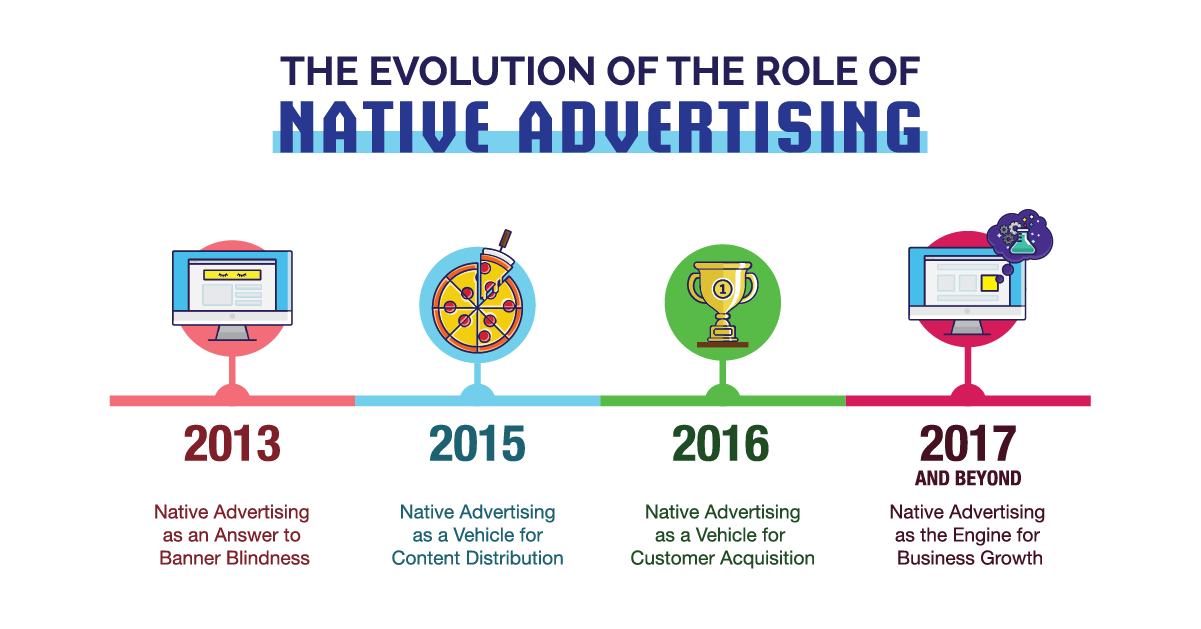
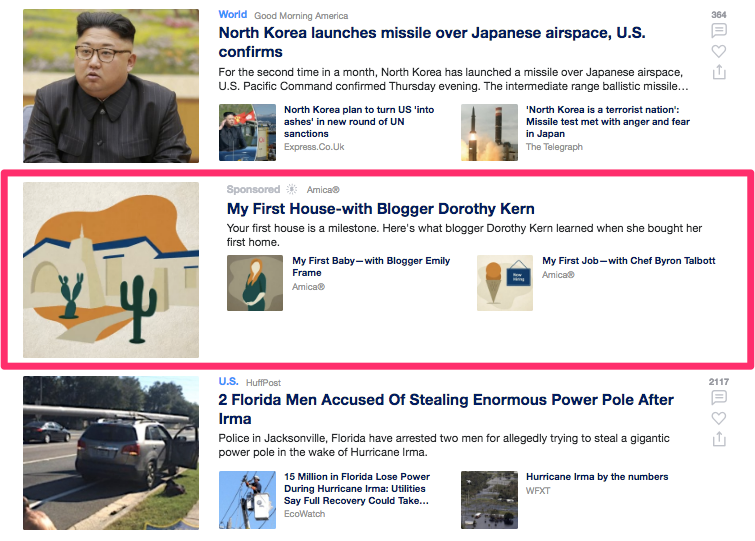


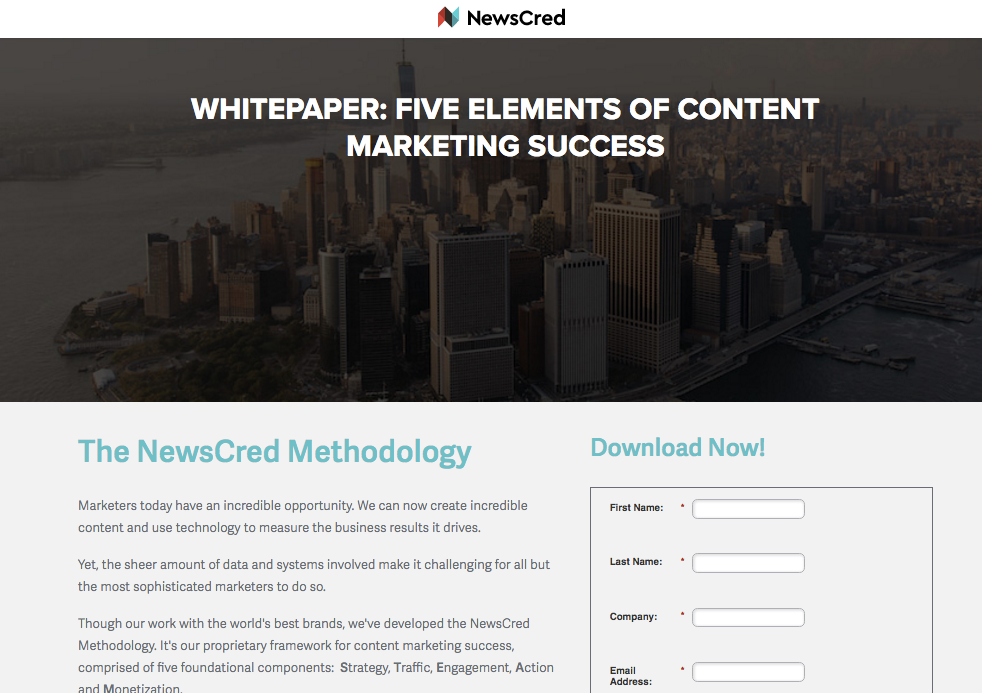


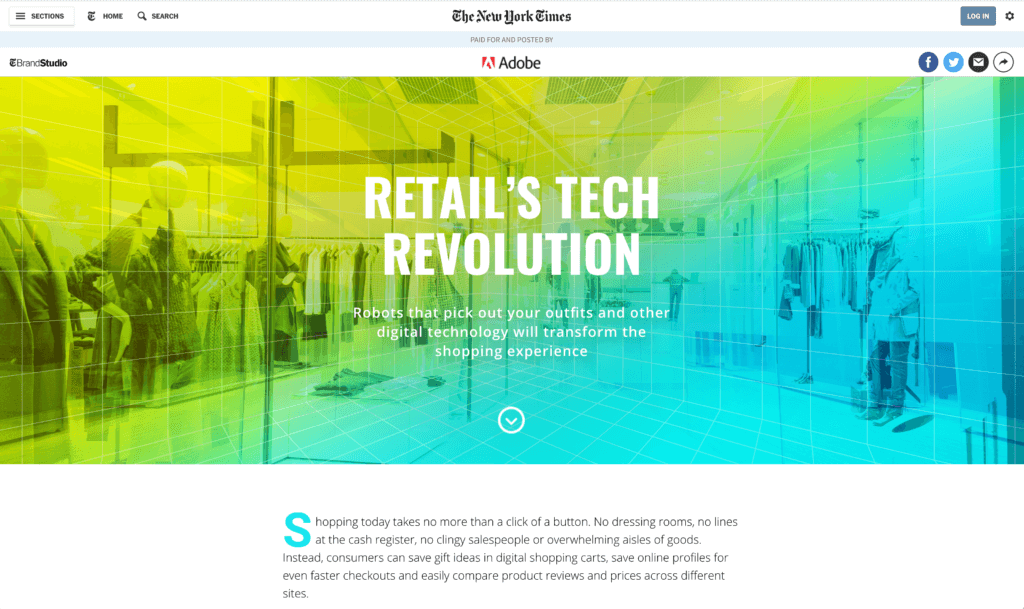
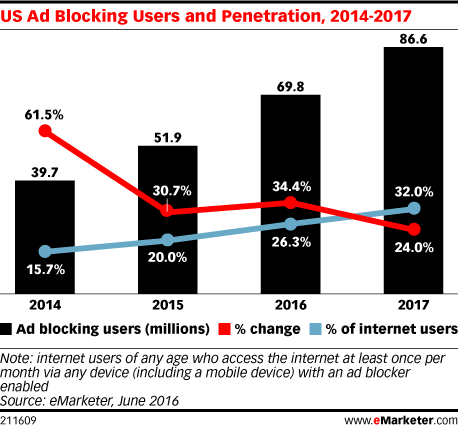
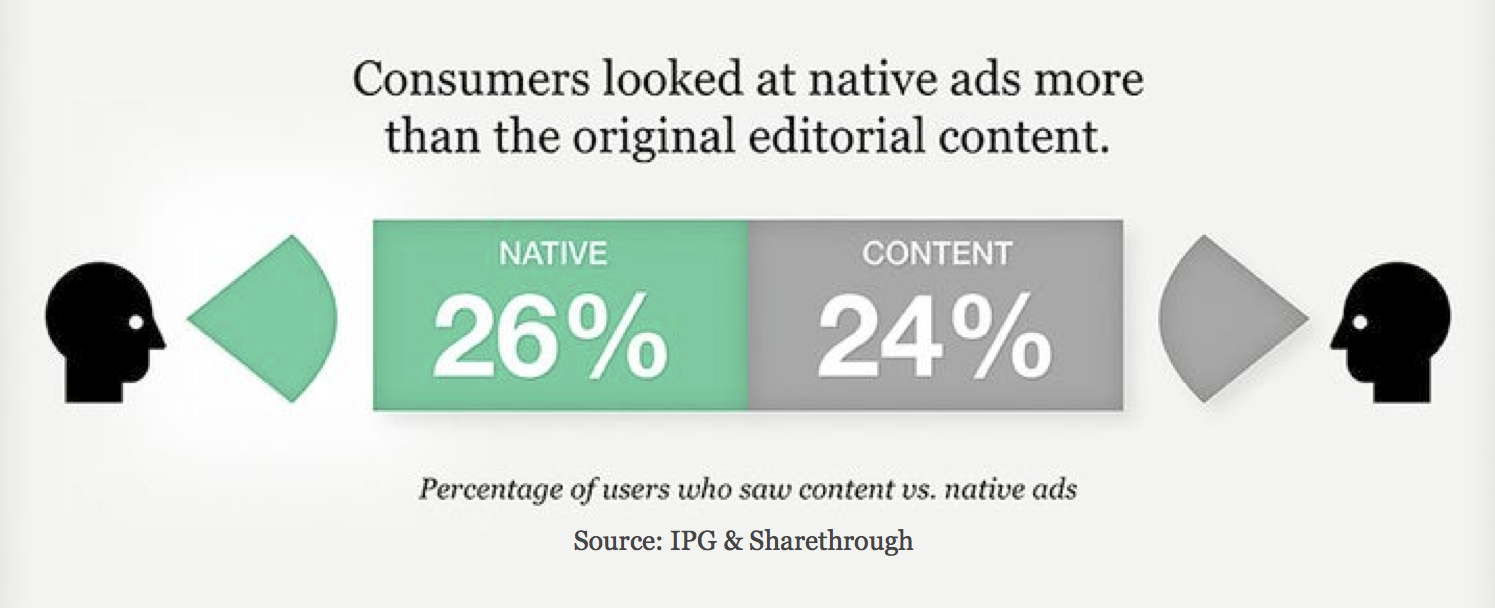
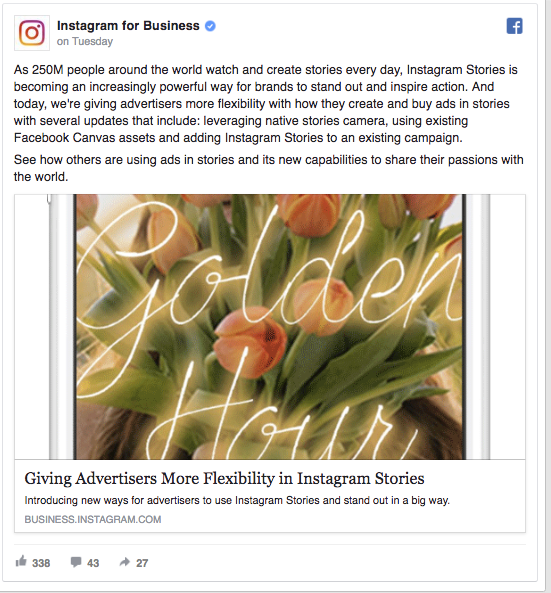
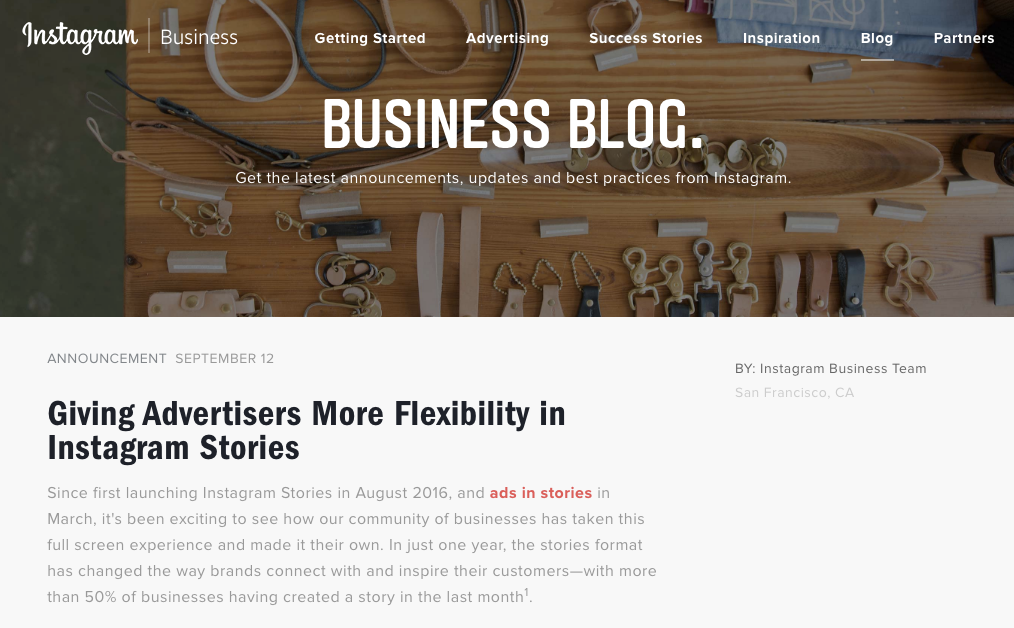

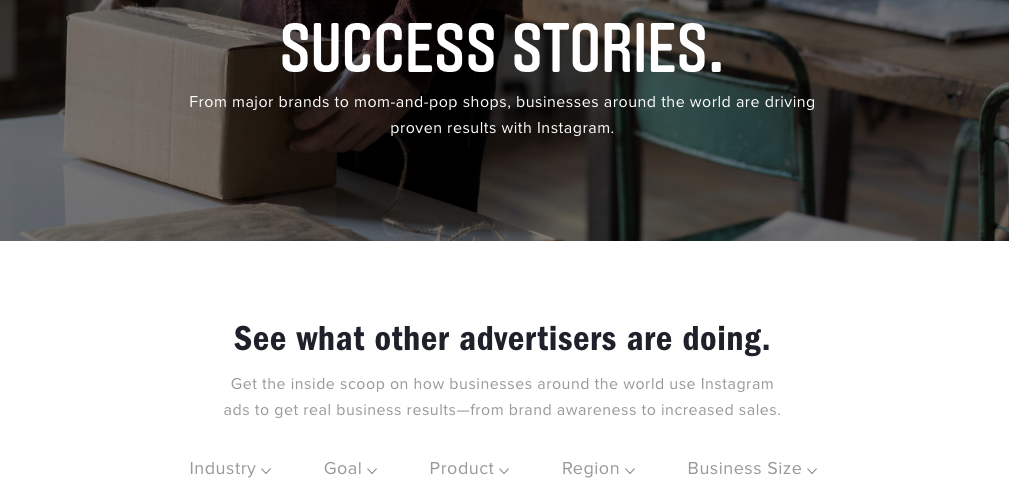

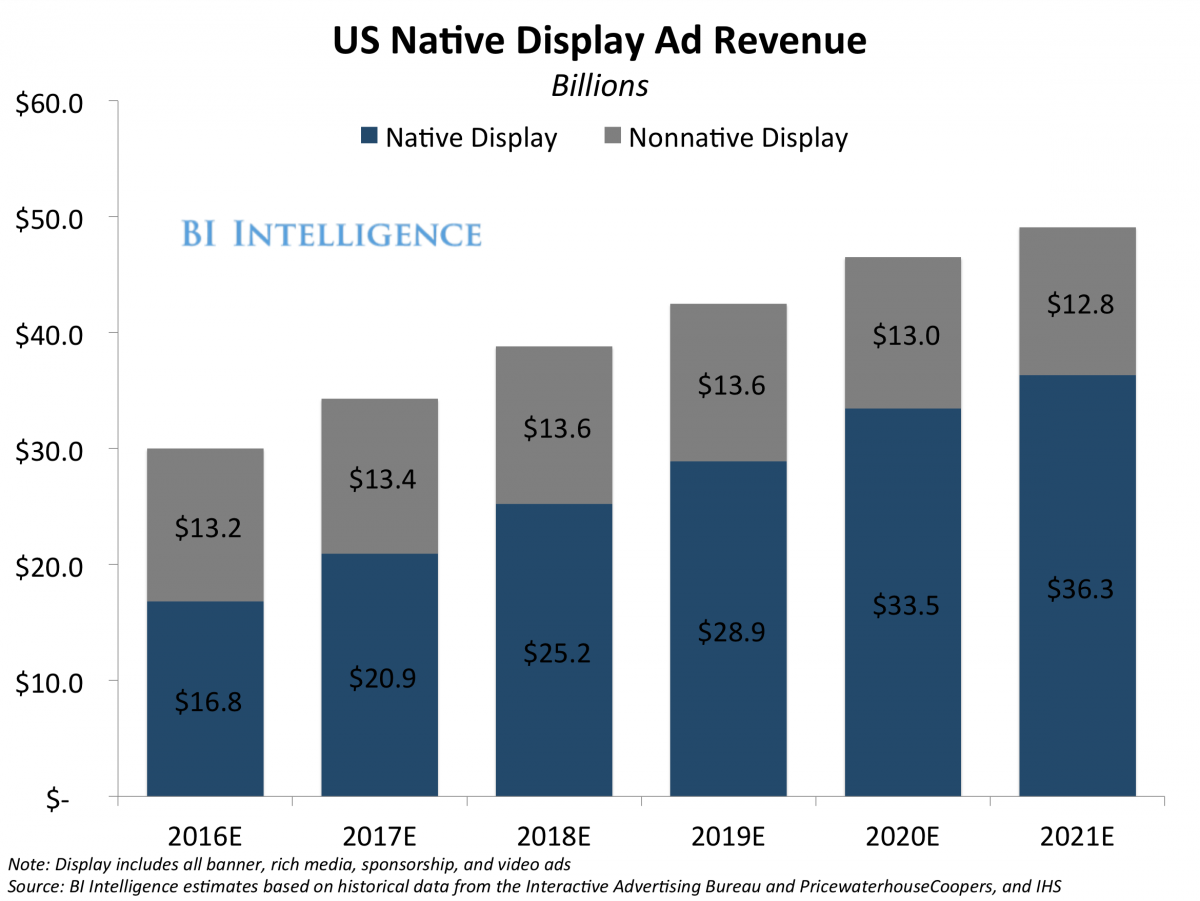

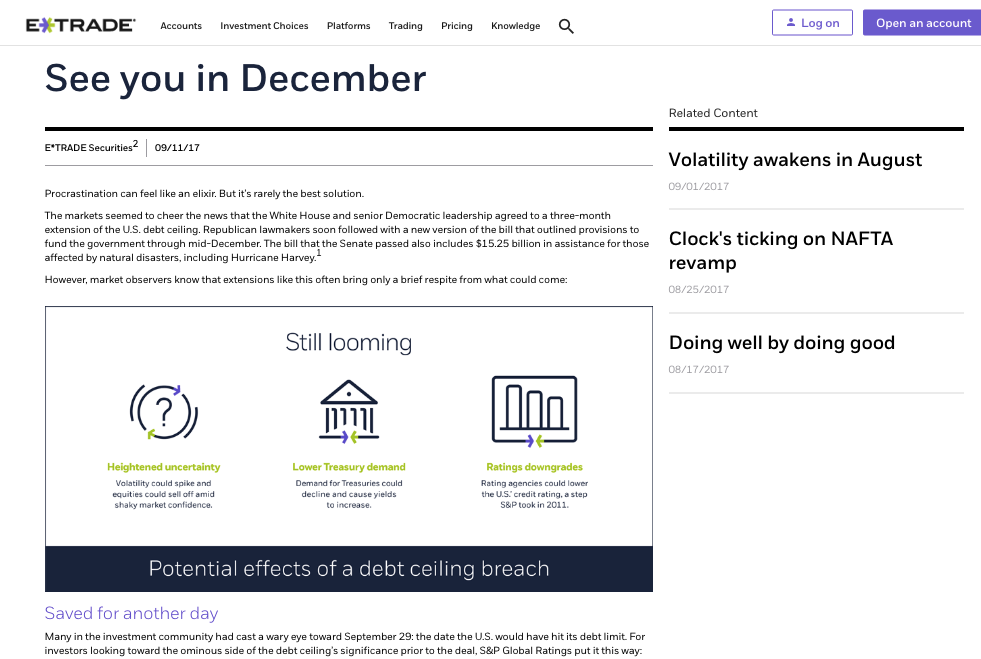



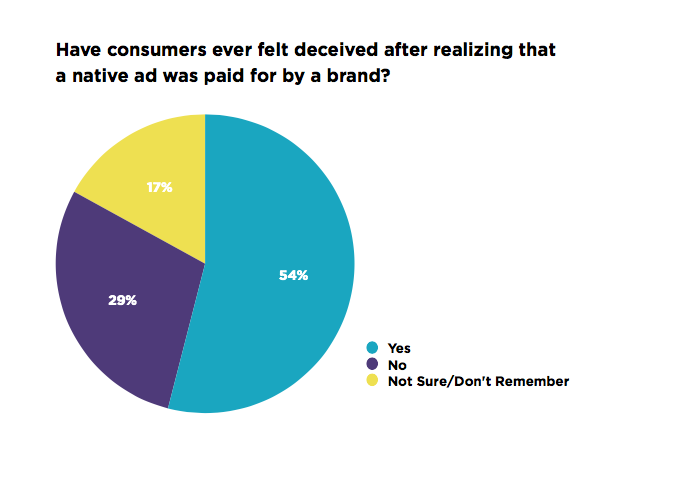





Comments (6)